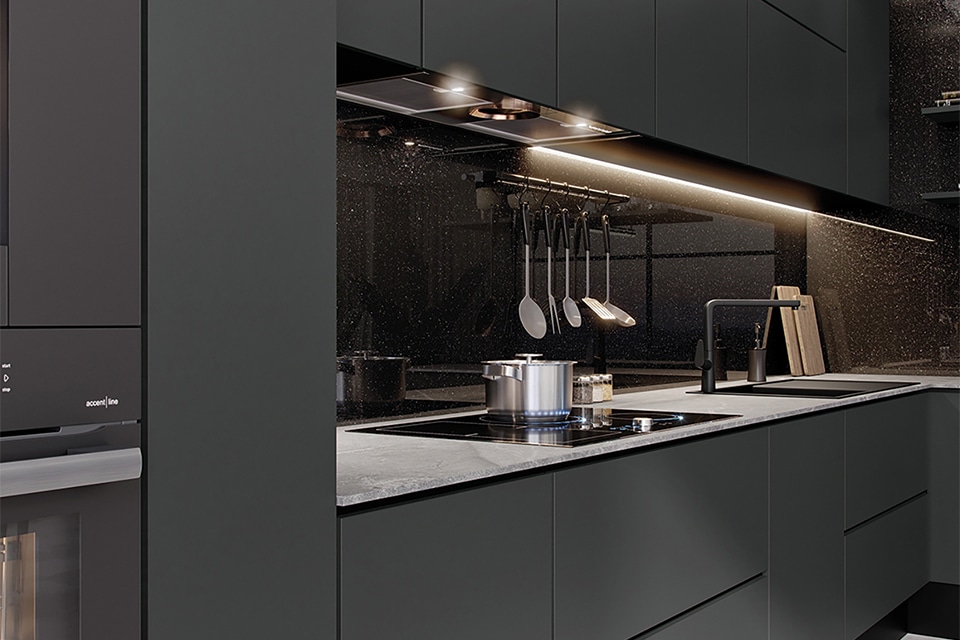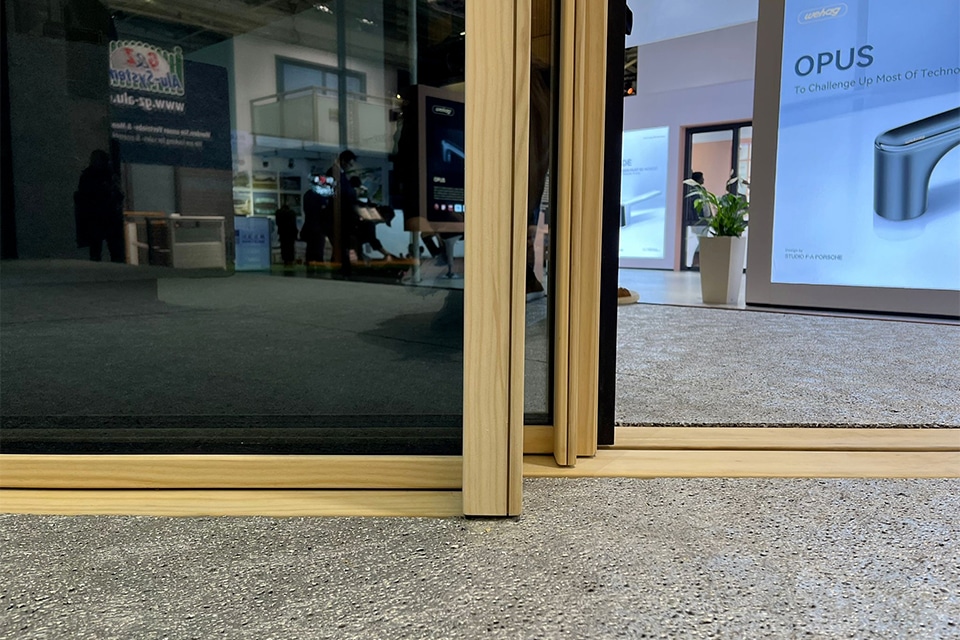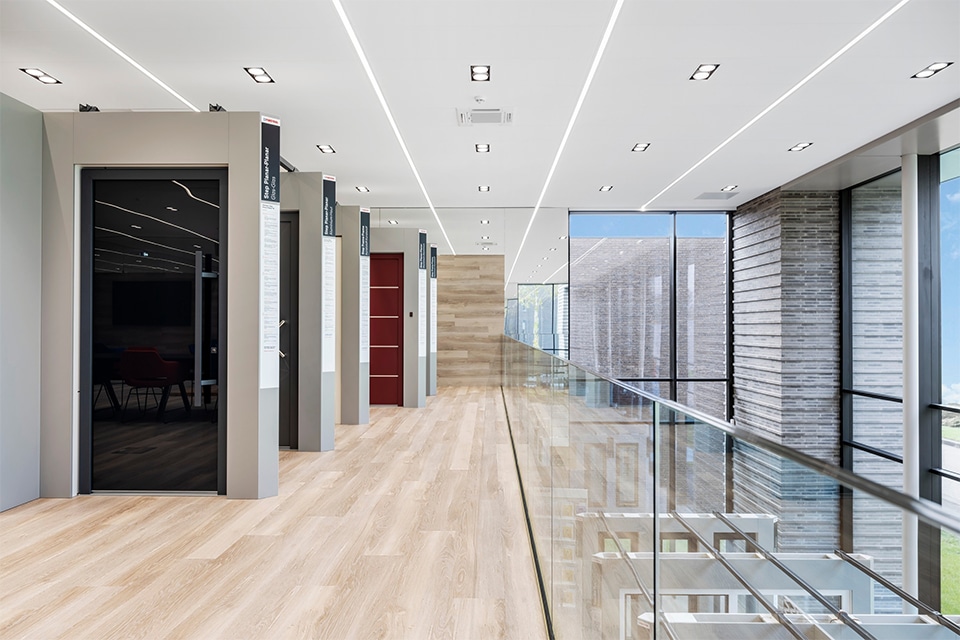
Making the indoor space healthier? Provide clean air
We spend most of the day in indoor spaces. At work, at school or at home. The quality of the air we breathe indoors directly affects our health. What can you do to get the air quality right? Piet Looijen of Forbo Flooring- expert in flooring solutions - shares four tips.
Air is almost everywhere. We breathe it in and out, so the healthier the air, the healthier we ourselves are. A healthy indoor environment is just not so obvious. We ourselves pollute the indoor air with the air we breathe out, and the materials in the room "breathe out" bad air. Cleaning products, for example, release pollutants into the air, but printers, air fresheners and personal care products such as deodorant also affect indoor air quality.
Chemicals are everywhere
This chemical "breath" consists of what we call Volatile Organic Compounds (VOCs). Some can have harmful effects on our health over time. You may suffer from mild or severe Sick Building Syndrome (SBS) or worse. In fact, VOCs are associated with a wide range of health problems, from mild irritation to cancer. That's why it's important to ventilate properly, because concentrations of many types of VOCs are many times higher indoors than outdoors. Fortunately, there are a number of things you can do to make the air healthier.
Tip 1: Ventilate throughout the day
At home, you can ventilate well on a regular basis by keeping grilles and interior doors open, which provides constant airflow. Opening windows regularly against each other also helps to freshen the air.
In an office, school or indoor public space such as a library, this is often more difficult. Removing VOCs then can be done with good mechanical ventilation. At the same time, you are most likely to inhale VOCs in an office building with a mechanical ventilation system. That is by far the majority of offices in the Netherlands. When that system is dirty or not properly maintained, toxins continue to circulate in the room. Therefore, have the ventilation system serviced every two years and in the meantime make sure it is cleaned regularly, because dirty filters have a reverse effect.

Tip 2: Use natural materials
You can also tackle air pollution in an indoor space at its source by adjusting the layout of the room. Place printers in an area with adequate airflow, and when decorating, choose furniture, wall paint and floors made of all-natural materials, such as linoleum. These do not exhale pollutants, reducing the likelihood of SBS.
Tip 3: Natural floor
The floor plays a major role in the indoor environment of a room. A Marmoleum floor is the most natural and hygienic solution. Marmoleum has virtually no emissions of volatile organic compounds (VOCs). As a result, you have no problems with microparticles or fine dust after installation. Furthermore, Marmoleum is antistatic because it is a natural product, unlike floors made of plastic. It also contains no plasticizers, is naturally antibacterial and antifungal, and the floor is hypoallergenic.
Tip 4: Go green
After redecorating the room and having a natural floor laid, you can make the space even greener by choosing air-purifying plants. Certain houseplants have been shown to play an important role in removing organic chemicals from indoor air. Examples include the sansevieria and the peace lily. With this finishing touch, the air is not only cleaner, but also as stylish as you want to make it.



